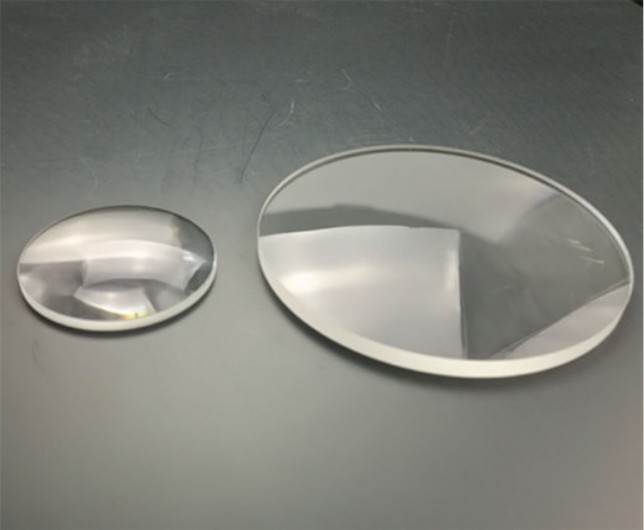Optical aberrations and corrections in plano-convex lenses
May. 24, 2023
Optical aberrations are deviations from ideal optical behavior that can occur in plano-convex lenses and affect image quality and clarity. These aberrations can be categorized into several types, including spherical aberration, coma, astigmatism, and chromatic aberration. In this news, we will explore these optical aberrations and the methods used to correct them in plano-convex lenses.

1. Spherical Aberration:
Spherical aberration occurs when rays of light passing through different regions of a lens do not converge to a single focal point. In plano-convex lenses, spherical aberration can be caused by the curvature of the convex surface. Rays closer to the lens periphery have a shorter focal length, resulting in blurred or distorted images. To correct spherical aberration, several approaches can be employed, including:
a. Aspheric Surface:
By utilizing an aspheric surface rather than a purely spherical surface, it is possible to minimize spherical aberration. Aspheric surfaces have varying curvature along their profile, allowing for more precise control of light convergence.
b. Combination with Other Lenses:
Plano-convex lenses can be used in combination with other lens elements, such as concave lenses or doublet lenses. By carefully selecting and positioning the lens elements, spherical aberration can be reduced or eliminated, resulting in improved image quality.
2. Coma:
Coma is an optical aberration that occurs when off-axis light rays are not focused to a point, resulting in comet-like or asymmetrical blurring in the image. Coma can affect plano-convex lenses with curved surfaces, particularly when the lens is not well-centered or when the incident light is at an angle. Several methods for correcting coma in optical glass lenses include:
a. Optimized Lens Design:
By carefully designing the lens shape and profile, coma can be minimized. The use of aspheric surfaces can also help reduce coma aberration.
b. Off-Axis Parabolic Surface:
Instead of a spherical or aspheric surface, using an off-axis parabolic surface can correct coma aberration. This surface shape allows for better focusing of off-axis light rays, resulting in improved image quality.
3. Astigmatism:
Astigmatism occurs when light rays passing through different regions of the lens have different focal lengths in different planes, resulting in distorted or elongated images. This aberration can be caused by the asymmetry of the lens shape or non-uniformities in the lens material. Correcting astigmatism in plano-convex lenses can be achieved through:
a. Optimized Lens Design:
By carefully designing the lens profile and curvature, astigmatism can be minimized. Utilizing aspheric surfaces can also help reduce astigmatism aberration.
b. Combination with Other Lenses:
Plano-convex lenses can be combined with other lens elements, such as cylindrical lenses, to correct astigmatism. The combination of these lenses can compensate for the different focal lengths in different planes, resulting in improved image quality.
4. Chromatic Aberration:
Chromatic aberration occurs due to the different refractive indices of lens materials for different wavelengths of light, resulting in color fringing or blurring of the image. In plano-convex lenses, chromatic aberration can be corrected through the following methods:
a. Achromatic Doublet:
An achromatic doublet consists of two lenses made of different materials, carefully selected to counterbalance the chromatic aberration. The combination of these lenses helps to bring different wavelengths of light to a common focus, reducing color fringing.
b. Apochromatic Correction:
Apochromatic lenses utilize three lens elements made of different materials to correct for chromatic aberration even more effectively than achromatic doublets. These lenses are designed to bring multiple wavelengths of light to a common focus, resulting in improved image quality.
c. Multi-Layer Anti-Reflective Coatings:
Applying multi-layer anti-reflective coatings to the lens surfaces can help reduce chromatic aberration by minimizing reflections and increasing light transmission. These coatings are designed to reduce the variation in refractive index across different wavelengths.
Conclusion
Plano-convex lenses are susceptible to various optical aberrations, including spherical aberration, coma, astigmatism, and chromatic aberration. However, through careful lens design, the use of aspheric surfaces, combinations with other lens elements, and the application of anti-reflective coatings, these aberrations can be effectively corrected. The corrections result in improved image quality, sharper focus, and reduced color fringing, making plano-convex lenses suitable for a wide range of optical applications.





















